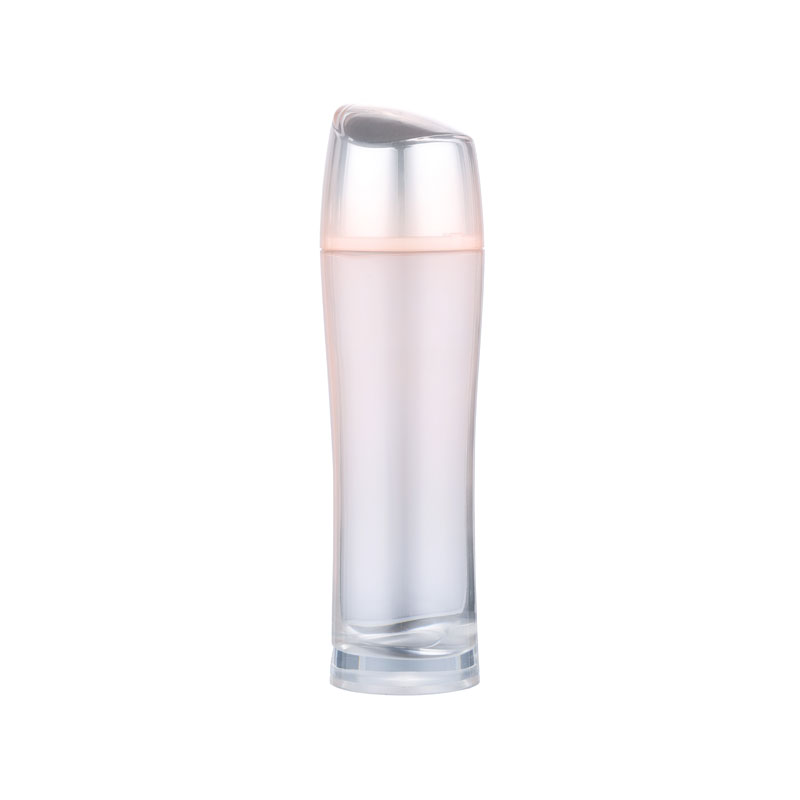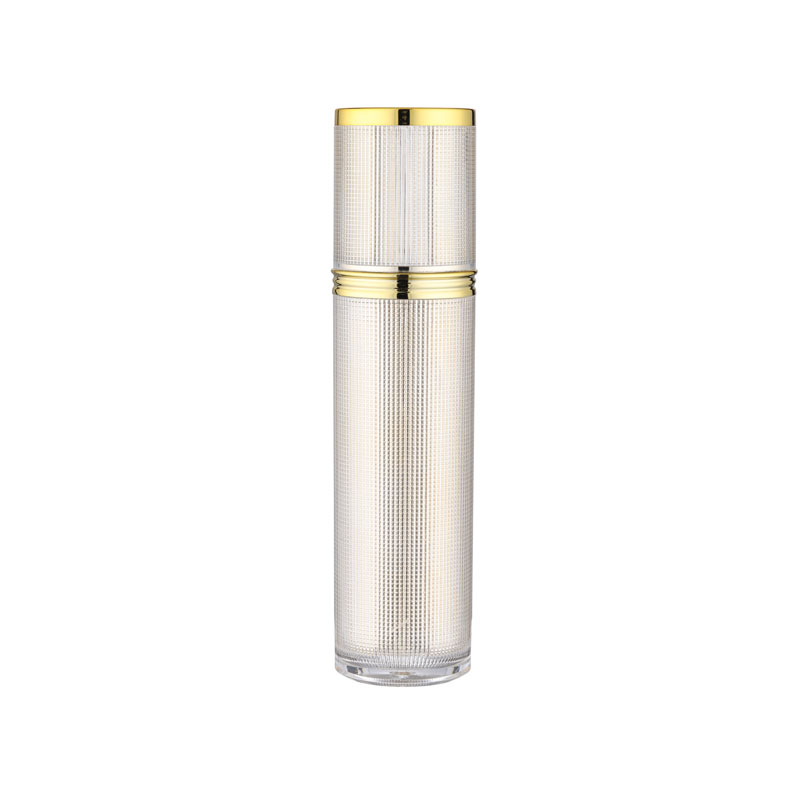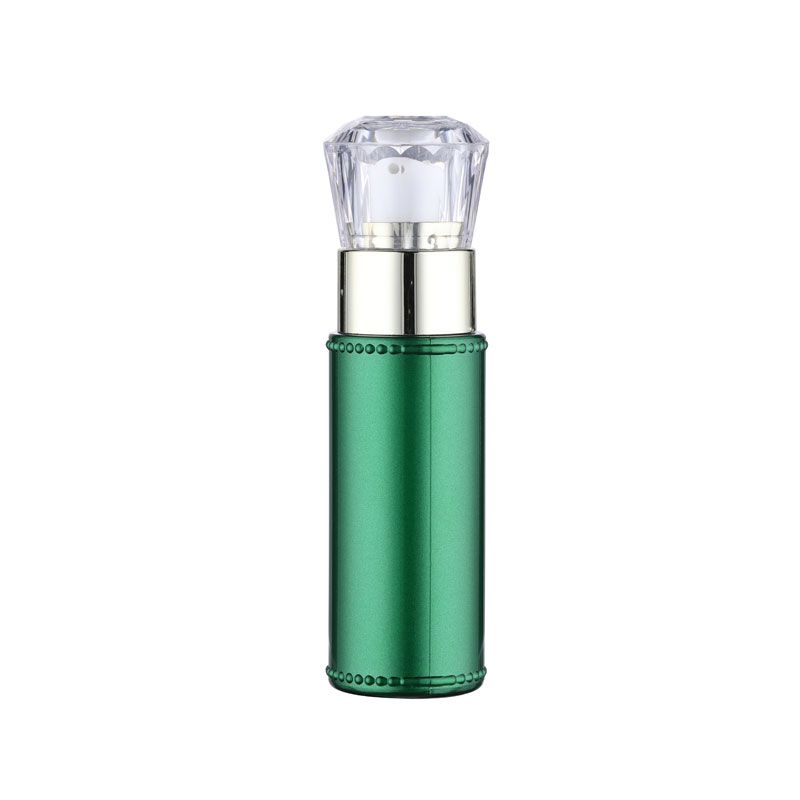Plastic cosmetic containers are designed and manufactured with several features to ensure the safety and integrity of the product inside. These containers go through rigorous testing and quality control measures to ensure that they meet the necessary standards and requirements. Here are some ways in which plastic cosmetic containers ensure the safety and integrity of the product:
1. Material selection: Plastic cosmetic containers are made from materials that are safe and compatible with the ingredients found in cosmetics. They are usually made from polymers such as polyethylene (PE), polypropylene (PP), polyethylene terephthalate (PET), and acrylic. These materials are known for their durability, chemical resistance, and ability to maintain product integrity.
2. Barrier properties: Plastic cosmetic containers are designed to provide an effective barrier against external factors that can affect the product's safety and integrity. These containers are often made with multi-layer structures that enhance their barrier properties. For instance, a plastic container may consist of an inner layer that prevents chemical interactions between the product and the container, a middle layer for strength and stability, and an outer layer for protection against external elements such as moisture, UV light, and oxygen.
3. Sealing mechanisms: Plastic cosmetic containers are equipped with sealing mechanisms to prevent leakage and contamination. They may include screw caps, snap-on lids, flip-top caps, or pumps that create an airtight seal. These sealing mechanisms ensure that the product remains securely contained within the container, preventing any spillage or exposure to external elements.
4. Tamper-evident features: Plastic cosmetic containers often have tamper-evident features to provide assurance to consumers that the product has not been tampered with. These features can include shrink bands, breakable caps, or induction seals. Tamper-evident features help customers determine if the product has been opened or accessed before purchase, ensuring its safety and integrity.
5. Compatibility testing: Manufacturers of plastic cosmetic containers conduct compatibility testing to verify that the container material is compatible with the specific cosmetic product it will hold. Compatibility testing ensures that the container does not react with the product, leading to contamination or degradation. This testing may involve subjecting the container to various storage conditions, including temperature and humidity, to assess its impact on the product and container properties.
6. Regulatory compliance: Plastic cosmetic containers must comply with various regulatory requirements and standards to ensure their safety and integrity. These regulations may include guidelines from organizations such as the International Organization for Standardization (ISO), the Food and Drug Administration (FDA), and the European Medicines Agency (EMA). Manufacturers must adhere to these regulations and conduct appropriate testing and documentation to demonstrate compliance.
In conclusion, plastic cosmetic containers employ various features and manufacturing processes to ensure the safety and integrity of the products they hold. Material selection, barrier properties, sealing mechanisms, tamper-evident features, compatibility testing, and regulatory compliance are all key factors that contribute to the overall safety and integrity of plastic cosmetic containers and the products they contain.

 English
English 简体中文
简体中文


